SPC Flooring
We Are The Best Service Provider & No.1 SPC Flooring In UAE
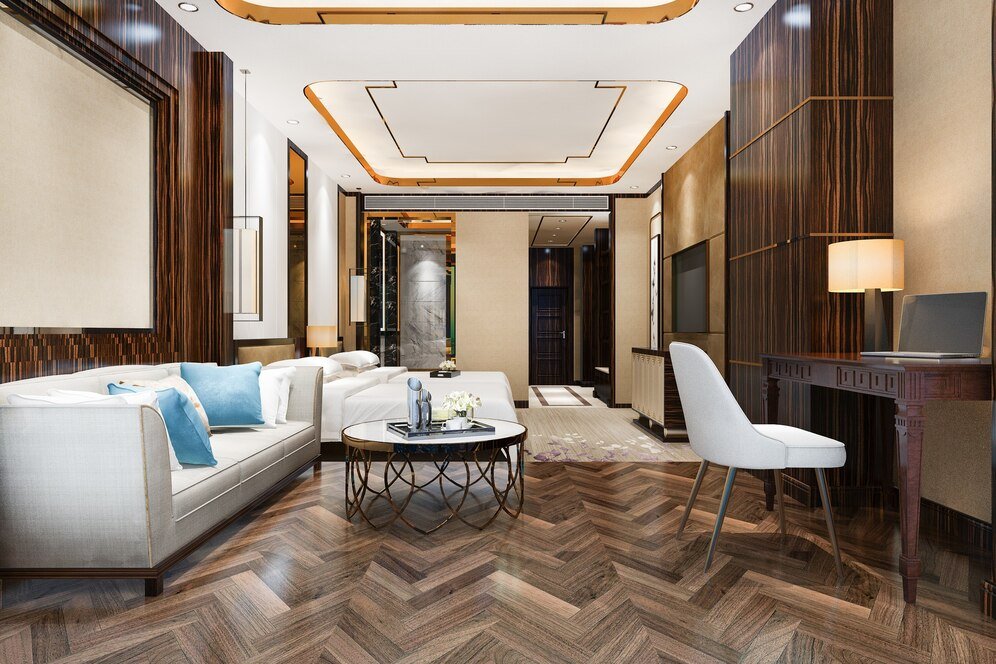
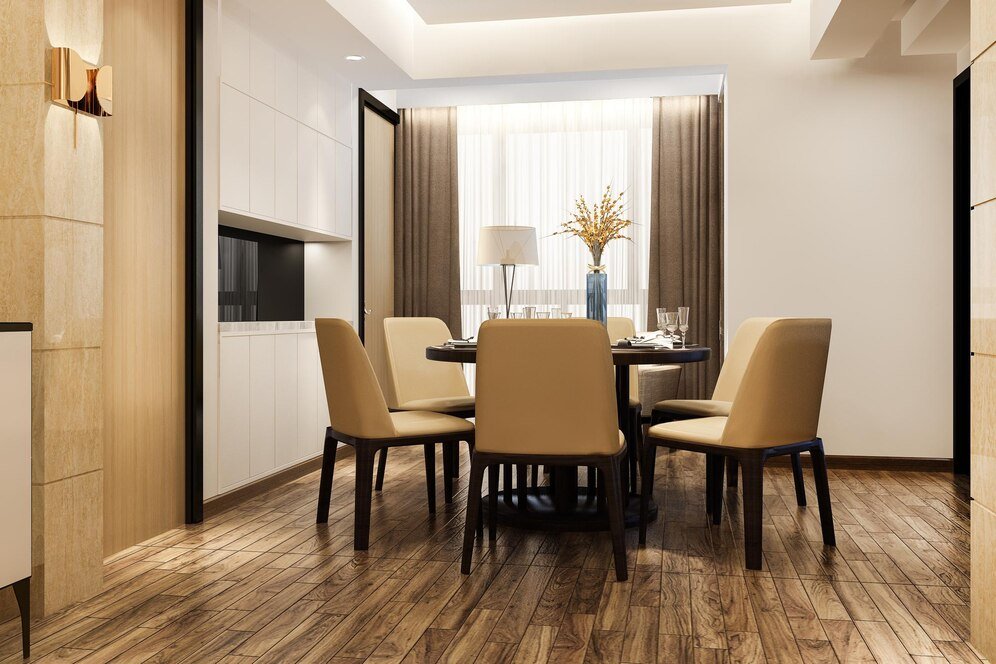
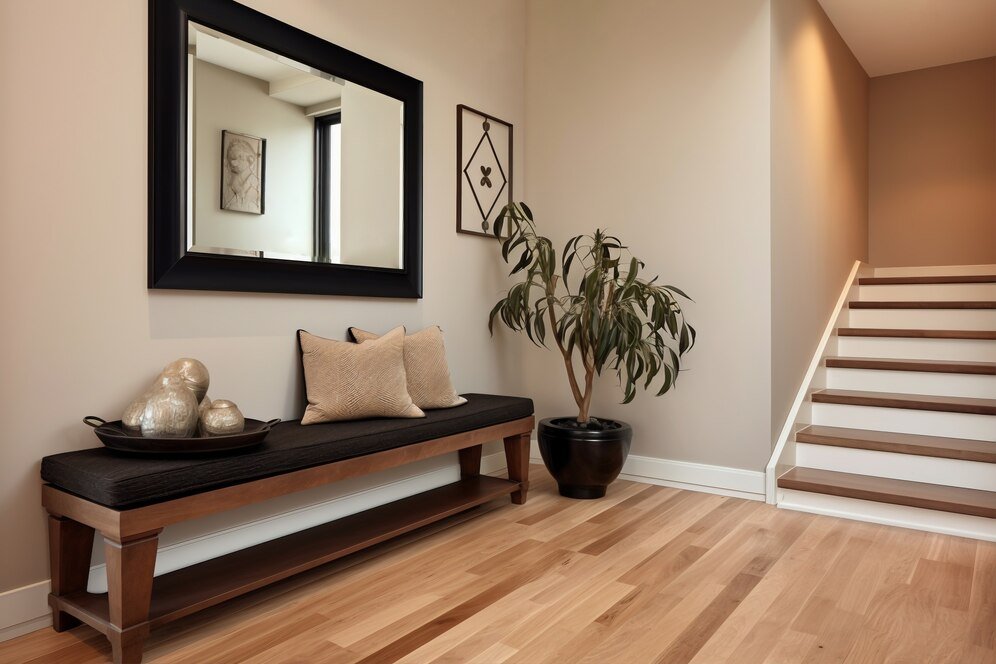
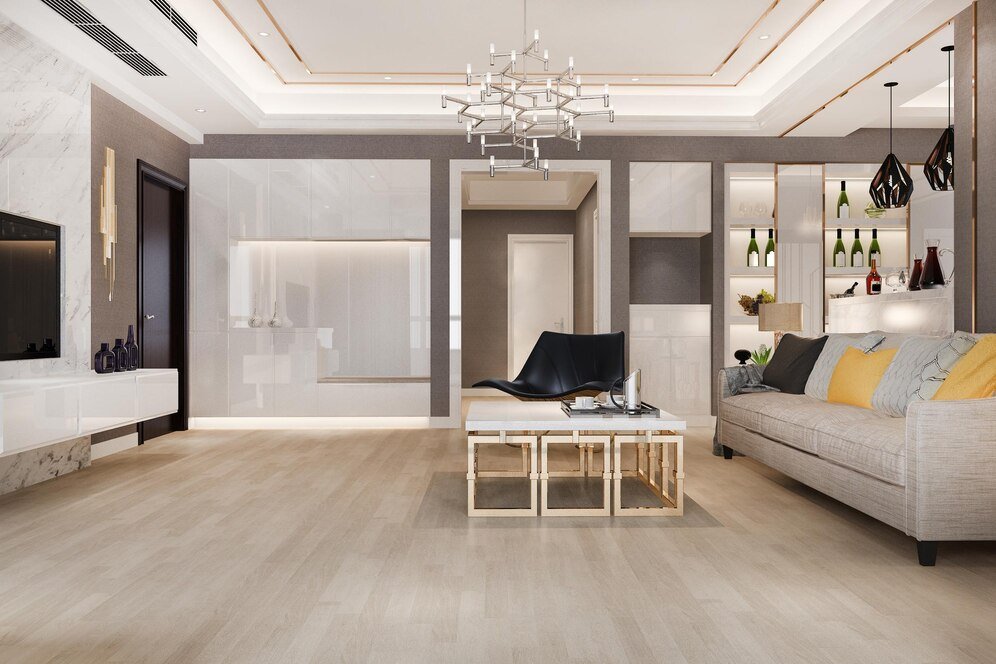
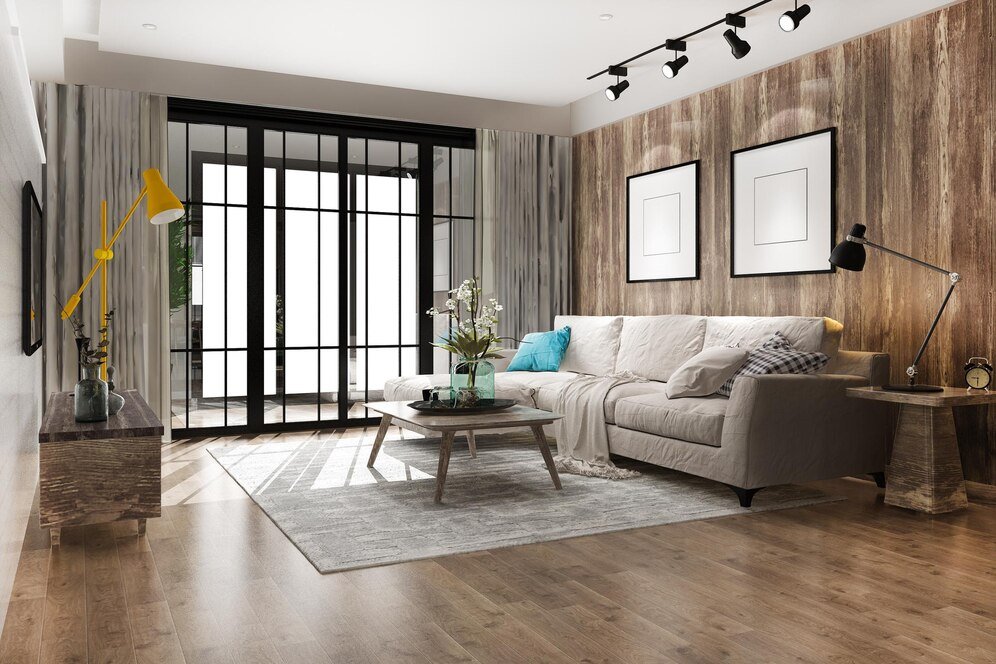
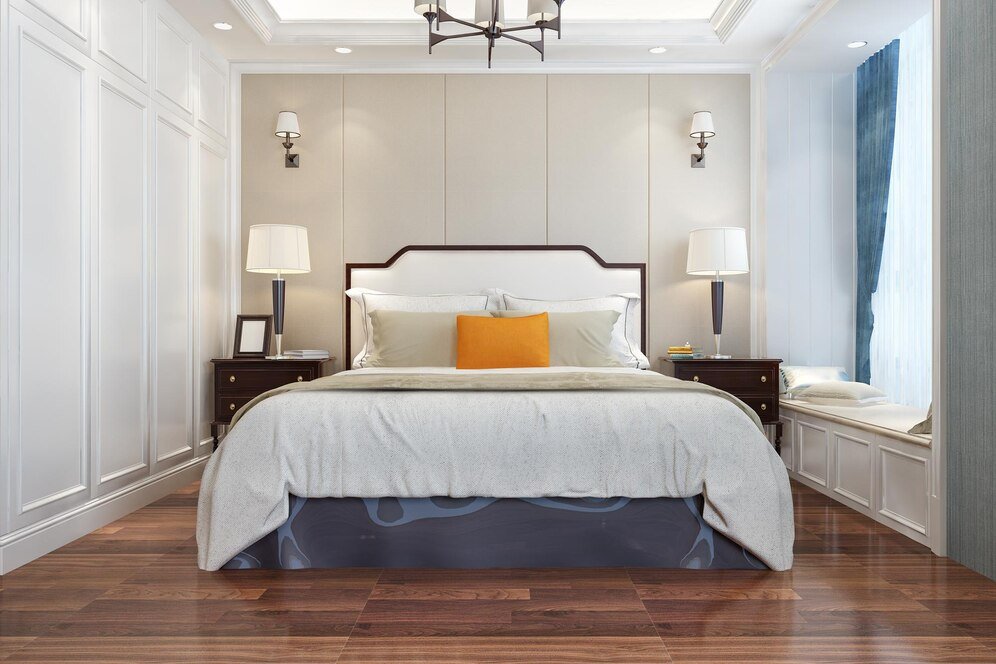
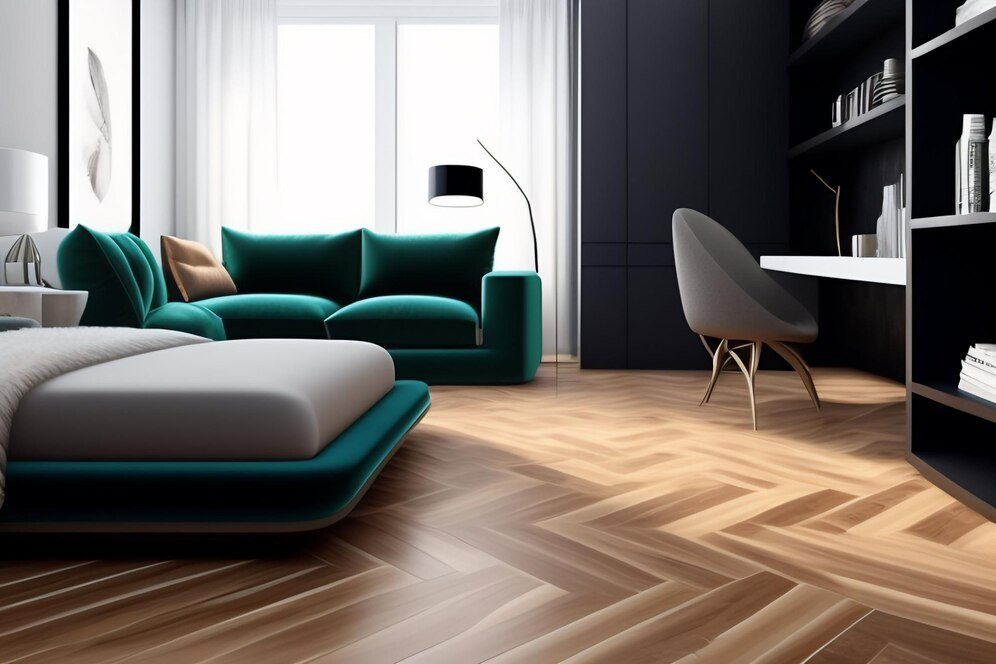
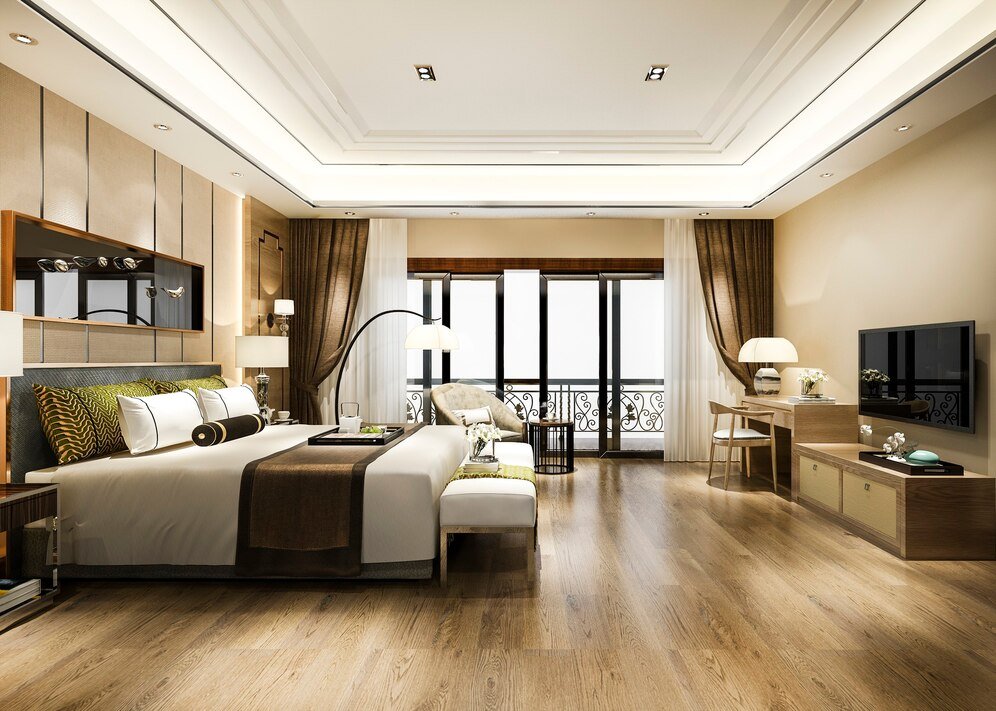
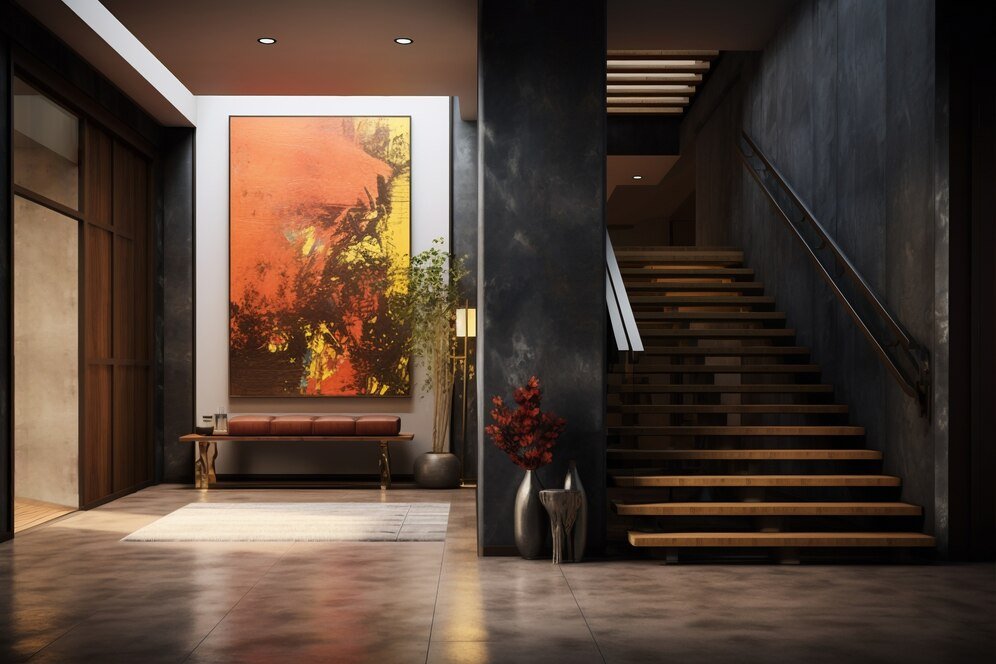
What Is SPC Flooring?
Since its debut in the 1970s, vinyl plank flooring has continued to soar in popularity amongst all major commercial market segments. From hotels and restaurants to schools, hospitals and more, there is no limit as to where you might find these planks installed. Moreover, with the introduction of rigid core technology, vinyl plank flooring looks to become more dynamic and versatile than ever thanks to products such as SPC. Here, we will discuss what SPC flooring is, how SPC flooring is made, the benefits of choosing SPC vinyl flooring, and a few SPC installation tips to consider.
Short for stone plastic composite, SPC is designed to identically replicate traditional flooring materials such as stone, ceramic, or wood, yet provide many more practical benefits as you will see later on in the article. Using realistic photographic prints along with a clear, vinyl top layer, SPC opens the door to a wide variety of design concepts.
The Benefits of Choosing SPC Vinyl Flooring
Easy installation
SPC can be easily installed in two ways, either with glue or with a loose-lay floor. Using newer loose-lay systems makes it possible to use SPC with minimal surface preparation. With this solution, flooring installation costs, as well as installation time, can be reduced.
Waterproof
One of the biggest benefits of choosing SPC vinyl flooring is that it is completely waterproof. Due to its rigid, PVC core layer, these planks can withstand liquids and spills unlike many of the flooring products that it mimics.
Style and Comfort
SPC has a softer surface than other flooring materials such as wood or stone. It is also more comfortable underfoot and sound-reducing, which is a very important trait for many facilities.
Environmentally Friendly
Choosing SPC can help your facility earn LEED certification, as many of the materials used in its production are those of renewable products, recyclable content, and low-emitting materials.
Maintenance
SPC never has to be sanded or sealed, making it much easier to maintain than other luxury floors. Since it is completely waterproof, just grab a damp mop and you are all set
How Is SPC Flooring Made?
Mixing
To begin, a combination of raw materials is placed into a mixing machine. Once inside, the raw materials are heated up to 125 – 130 degrees Celsius in order to remove any water vapor inside the material. Once complete, the material is then cooled inside the mixing machine to prevent the occurrence of early plasticization or processing auxiliary decomposition.
Extrusion
Moving from the mixing machine, the raw material then goes through an extrusion process. Here, temperature control is crucial in order for the material to plasticize correctly. The material is ran through five zones, with the first two being the hottest (around 200 degrees Celsius) and slowly declining throughout the remaining three zones.
Calendaring
Once the material is fully plasticized into a mold, it is then time for the material to begin a process known as calendering. Here, a series of heated rollers are used to compound the mold into a continuous sheet. By manipulating the rolls, the width and thickness of the sheet can be controlled with precise accuracy and consistency. Once the desired thickness is reached, it is then embossed under heat and pressure. Engraved rollers apply the textured design onto the face of the product which can be a light “tick” or a “deep” emboss. Once the texture is applied, the scratch and scuff Top Coat will be applied and sent to the drawer.
Drawer
The drawing machine, used with frequency control, is connected with a motor directly, which is a perfect match to the production line speed and is used to deliver the material to the cutter.
Cutter
Here, the material is crosscut to meet the correct guideline standard. The cutter is signaled by a sensitive and accurate photoelectric switch to ensure clean and equal cuts.

